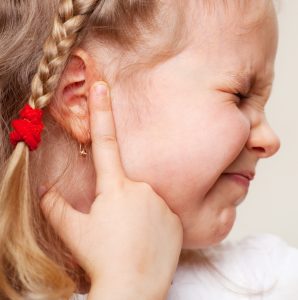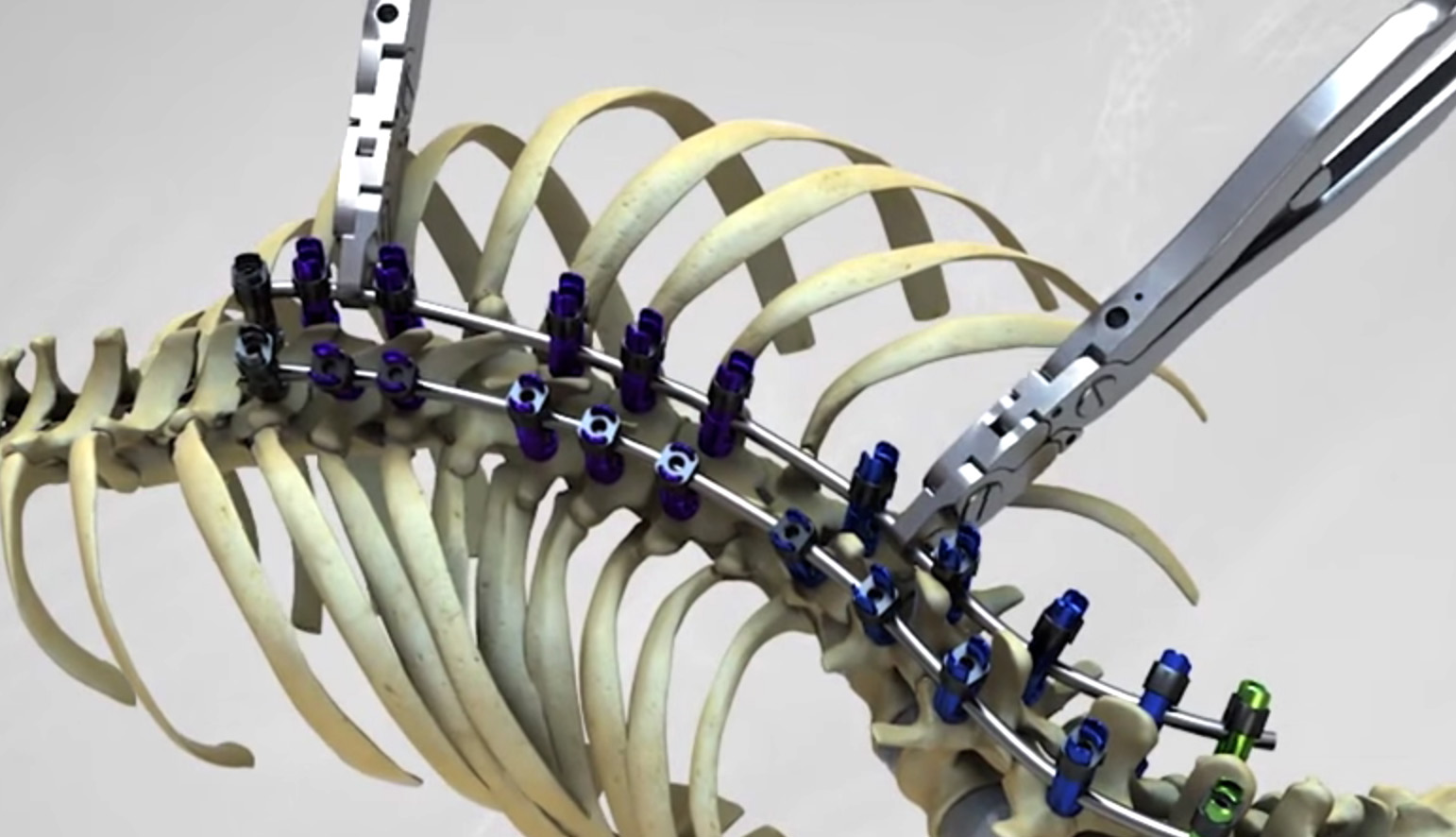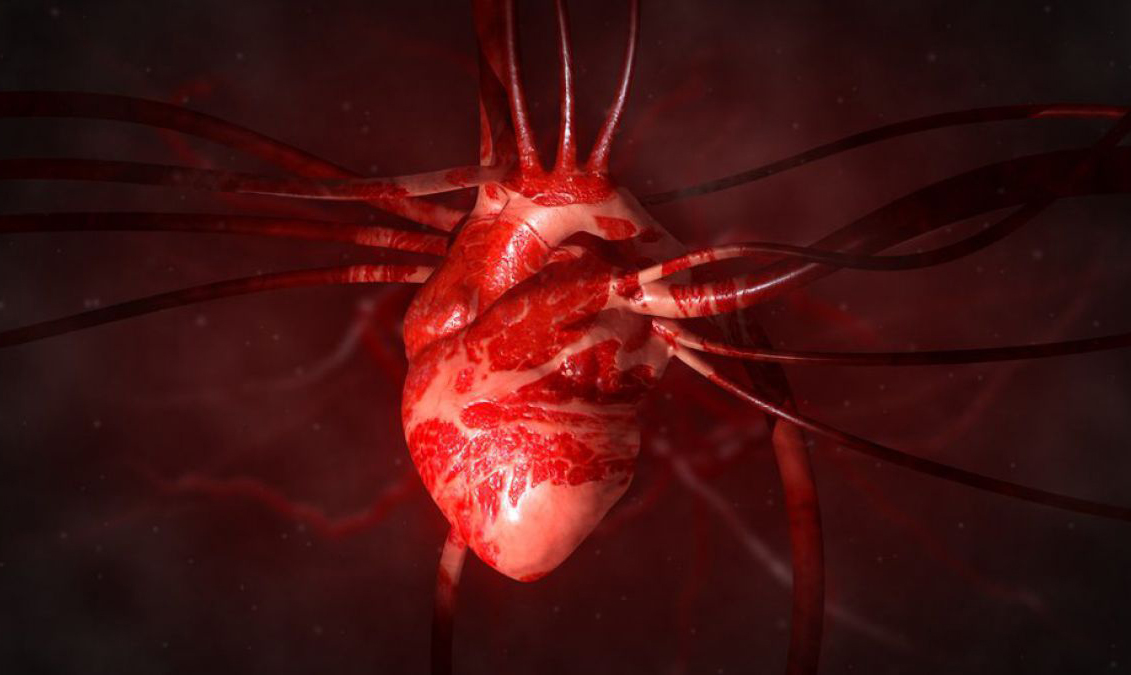Vegetations or adenoiditis consists of sustained inflammation of the pharyngeal tonsils (also called adenoids), which are small glands that are located in the upper part of the pharynx, behind the nasal passages. Vegetations are frequent among children between four and six years of age.
The colds and repeated respiratory infections produce an increase in their size (hypertrophy), causing an obstruction to the passage of air that causes the child to breathe through the mouth.
 The treatment of vegetations is initially medical, and surgical intervention is not always necessary:
The treatment of vegetations is initially medical, and surgical intervention is not always necessary:
- Washes with physiological serum: frequent washes of the nose with saline or seawater with enough pressure to drag the accumulated mucus.
- Antihistamines and decongestants: employees can periodically relieve symptoms, although they do not provide a definitive solution to the problem.
- Antibiotics: sometimes used when there is an acute infection, with fever associated with abundant nasal mucus. Amoxicillin or amoxicillin-clavulanic acid is usually used.
- In the event that medical treatment of vegetations is not sufficient and diagnostic tests reveal an excessive size of the adenoid glands that produce many symptoms, the surgical removal of these will be indicated. The main indication for this intervention is that its size is such that it produces obstructive sleep apnea or deformities in the teeth. Other indications more discussed are otitis or adenoiditis of repetition that are not controlled with medical treatment.
- Adenoidectomy involves the surgical removal of the adenoids. It is a short and simple intervention, in which the otorrino makes a curettage or scraping of the gland, accessing it through the mouth or nose. It is a short operation (about 15 minutes in total) although it does require general anesthesia. The usual thing is that the child enters the hospital the same morning of the intervention and returns home that same day or the next. Its effectiveness is almost 100% and it is not often that a second intervention is needed.
- Although it is a simple intervention, as every operation is not exempt from the risks involved in general anesthesia. Especially in the case of children who had sleep apnea before the intervention, it is necessary to ensure that laryngeal spasm does not occur after the awakening of the anesthesia, which can be serious.
- Another possible complication, although uncommon, is bleeding. If it is red blood and abundant, it is necessary to go immediately to the hospital so that the child is evaluated by the otorrino and to put a tamponade. If it is dark blood, there is not much risk, because it is usually blood that has passed to the stomach during the intervention and has been digested.
- In some cases the otorrino will prescribe an antibiotic after the intervention to prevent infections. Initially it is normal for the child to have a sore throat and ears, which can be controlled with the usual analgesia and following a soft diet. After a few days a little annoying, in less than a week the little patient can make a normal life.
Learn more about your health and well-being at Pharmamedic.








